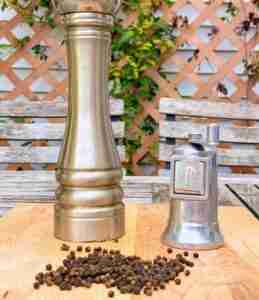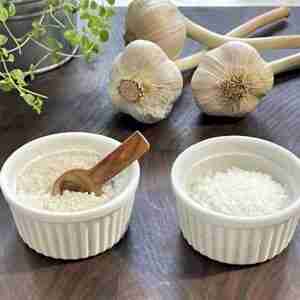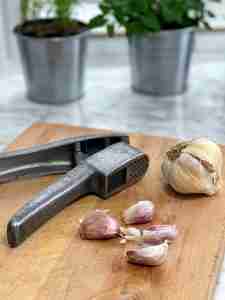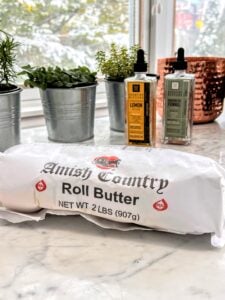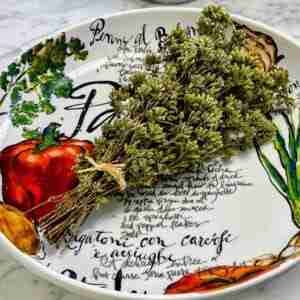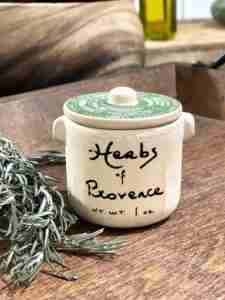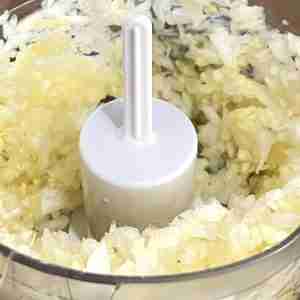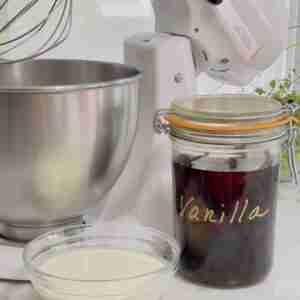

Have you heard of the Yuka app?
When you scan a barcode on a food label, Yuka gives it a health score on a scale of 0 to 100, with colors (green, orange, red) indicating good, poor, and bad scores.
I downloaded it and gave it a try. I started with some staples in my refrigerator: Organic heavy cream? It scored a 45/100 — poor rating: "too much fat." My beloved Amora Dijon mustard? Also a poor score of 45/100 — "risky additives."
According to Yuka, these were foods I shouldn't be eating. So, I went to the store and scanned foods with healthy buzzwords on the label — Organic, Non-GMO, Vegan, No sugar, and so on.
On the salad dressing aisle, here's some of what I found:
Those "healthy" salad dressings — and my cream and Dijon — got poor scores. That’s when I realized the app falls short.
The app doesn't understand context. It can't. It looks at food as data points — not how it's used, how often, or as part of what kind of meal.
For example, when I cook with cream, it's not the main ingredient. It's a finishing touch in a homemade mac and cheese (made with grass-fed butter, milk, and Gruyère) or the base for a simple lemon sauce for fresh fish.
The same goes for Dijon — just a dab is divine in a vinaigrette made with extra virgin olive oil, sherry vinegar, fresh garlic, sea salt, and ground pepper, or in aioli. Cream and Dijon aren't a problem. They're simply good ingredients.
So, do whole-ingredient staples really score lower than processed foods? This was an intriguing question. I scanned some packages of mac and cheese:
Next, I considered, what if I made my own mac and cheese to compare?
What option do you think is better? The boxed mac and cheese that scores 42, or the butter, with a rating of 30; the milk (unrated but of high quality); and the cheese at 34? Real cheese vs dehydrated powder? And what about the taste?
An app can't rate taste, but there's no competition when you cook with fresh, wholesome, flavorful ingredients.

Yuka is trying to do something worthwhile. It reflects consumers' growing interest in transparency and better food labeling. It's an overdue effort to help people make sense of an industry that often doesn't always have our best interests at heart.
But the answer is not to use apps like Yuka to replace actual cooking and common sense. Scanning box after box for the "healthiest" processed option might help you find the best packaged product. But even better is cooking with wholesome ingredients.
When you cook with whole foods and fresh ingredients, there's not much to scan. Most of the time, it's clear which dish is made with real, recognizable ingredients. And again, what about the taste? Although an algorithm can't rate that, you can when you cook with fresh, flavorful ingredients.
All you need to cook amazing meals is a few ingredients — and you don’t need to scan them to know they’re good.
Tap on the picture to view the caption and, if available, the link to the recipe.

